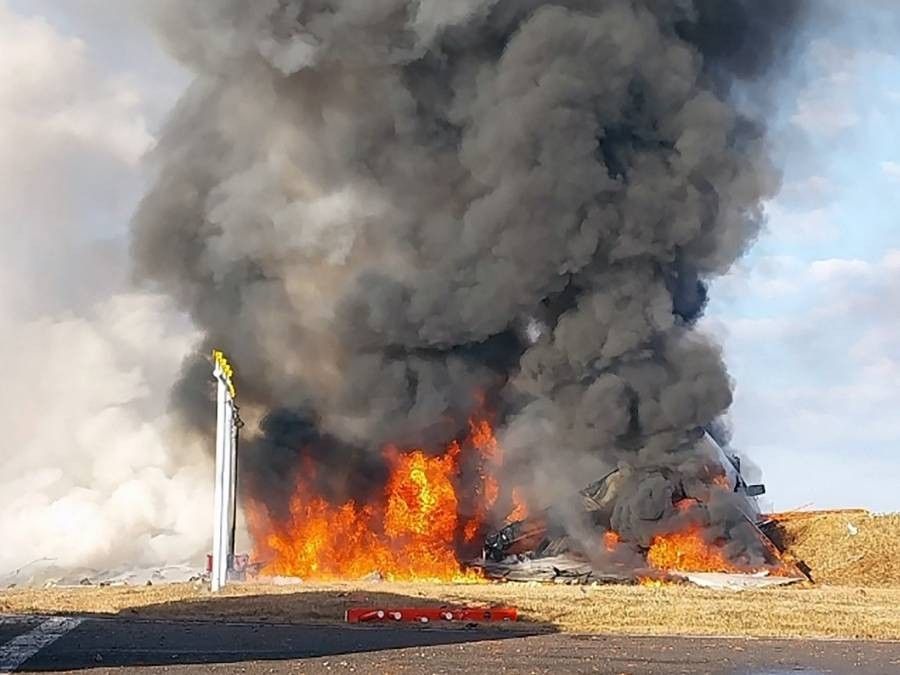South Korea to overhaul some airports after Jeju Air crash

SEOUL, South Korea — South Korean authorities said on Wednesday they will change the concrete barriers used for navigation at some airports across the country after the Jeju Air crash that left 179 people dead.
The Boeing 737-800 was flying from Thailand to Muan in the southwest on December 29 carrying 181 passengers and crew when it belly-landed at Muan airport and exploded in a fireball after slamming into a concrete barrier.
It was the worst-ever aviation disaster on South Korean soil.
South Korean and US investigators are still probing the cause of the crash, which prompted national mourning with memorials set up across the country.
Attention has focused on several possible causes but questions have been raised about why the concrete barricade, known as a localiser and used to help planes navigate their landings, was at the end of the runway.
The Ministry of Land said in a statement that "a special safety inspection revealed that improvements are needed for localisers at seven airports around the country".
These include Muan and Jeju International Airport -- a popular tourist hotspot and the country's second-largest airport, after Incheon which serves the capital Seoul.
The measures include "relocating the foundations underground and replacing them with lightweight steel structures".
Muan International Airport's existing concrete mounds will be removed entirely and the localiser will be "reinstalled using breakable structures".
"This measure prioritises actions requiring immediate attention," said Transport Minister Park Sang-woo.
"We plan to establish measures for bird strike prevention improvement and an aviation safety innovation plan through further investigations and reviews," he said.
At the moment of the accident, the pilot warned of a bird strike before pulling out of a first landing attempt. The plane crashed on its second attempt when the landing gear did not emerge.
Feathers were found in both engines, according to South Korean media reports, with a bird strike being examined as one possible cause.
According to the ministry, a comprehensive survey of bird-attracting facilities around airports began on Monday as part of the "bird strike prevention improvement plan".
The investigation was further clouded when the transport ministry said the black boxes holding the flight data and cockpit voice recorders for the crashed flight stopped recording four minutes before the disaster.
The land ministry said on Saturday that Muan airport's closure period had been extended three more months until April 18.
- Latest
- Trending

































